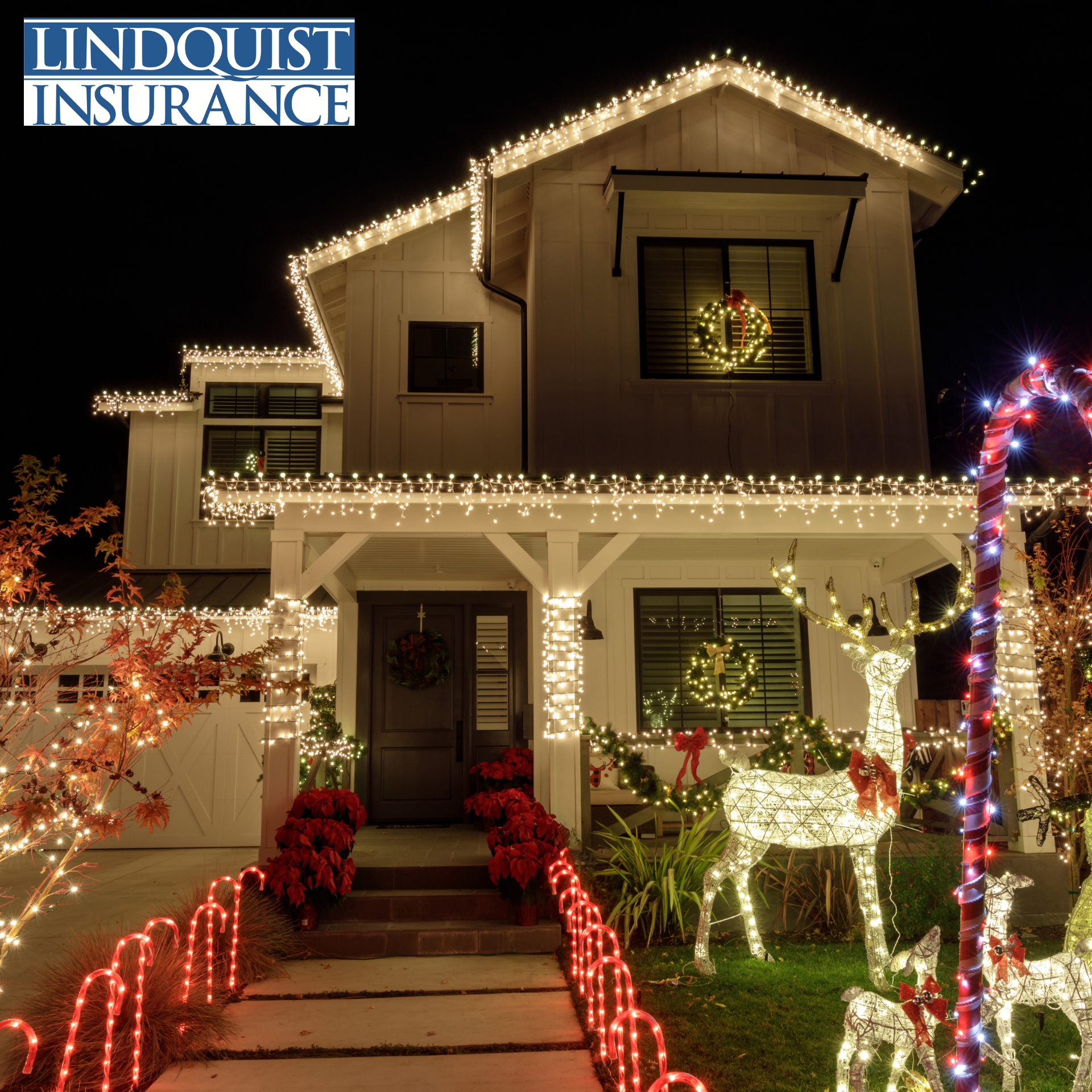Moon Roofs vs. Sunroofs: What’s the Difference?

Here’s the short answer: Sunroof is one word, moon roof is two.
Anymore, that’s about the only difference between a sunroof and a moon roof – and even that is a bit questionable. (The Internet and Webster’s still don’t quite agree.)
There’s an interesting history on how these names came about, and some car gurus are still committed to separate definitions—such as a sunroof pops out, or a moon roof is tinted. But with so many options and features in modern car design, the terms sunroof and moon roof are almost obsolete.
The best way to look at it: both sunroofs and moon roofs let light and/or air into your car from above. They’re windows on the roof – or that make up the roof. They make us happy, and car manufactures typically charge more for them as extra features.
When you’re shopping for a new car and choosing between the many kinds of sunroofs or moon roofs out there, here’s what to know about safety, insurance and potential repair costs.
Types of Sunroofs and Moon Roofs
Pop-up or Embedded Roof
- How it works: The window tilts up and then slides back over (or into) the roof of your vehicle.
- Example models that offer this: Honda Civic, Buick Encore, Mazda Mazda6, Subaru Forester
- Safety and repair issues: Often, it’s more than just glass that needs to be fixed when your sunroof or moon roof is damaged. The motors that help pop open or slide the glass roof away might need fixed or replaced, as well. The repair cost depends on the type of sunroof.
Panoramic Roof
- How it works: This kind of window becomes the roof, spanning nearly the entire way from front to back. Part of it often sits on rails so it can slide open – it’s like two windows in one.
- Example models that offer this: Kia Sorento, Nissan Murano, Honda Accord, Ford Edge
- Safety and repair issues: A panoramic roof is a bold and stylish feature, but it does cost more to install than a small sunroof – which means it’s often more expensive to insure. Plus, the glass, motors and reinforcing bars add a considerable amount of weight to the top of your car. That extra weight can reduce your car’s stability and potentially strain its suspension.
Insurance and Safety for Sunroofs
Does a sunroof increase the cost of my insurance?
Since sunroofs and moon roofs are often an optional (and more expensive) accessory – it usually costs a little more to insure a car with one, compared to the same make and model without one. Another thing that affects the price of insurance is your car’s safety features and how it performs in a crash. Since sunroofs and moon roofs are made of glass, they’re more prone to shatter or break in an accident and can be more expensive to insure.
How do sunroofs perform in a rollover crash?
The best defense against a rollover crash is not driving distracted. The second is a strong roof. Here’s how two types of sunroofs perform in a rollover crash:
- Panoramic roofs do not perform well in rollovers because almost the entirety of the roof is glass. In a crash, the glass could shatter or get damaged – but the main concern is that any occupant in the car that isn’t wearing a seatbelt could be thrown out of the car and through the broken sunroof.
- Pop-up or embedded roofs tend to fare better in rollover crashes, compared to panoramic roofs, since the window opening is comparatively small. Additionally, much of the roof is still the vehicle’s solid framework and is reinforced with structural roof bows, making for a sturdier barrier if the car rolls over.
Rollover crashes are rare, but deadly. The Insurance Institute for Highway Safety reports that rollovers make up less than 1 percent of all crashes – but about a third of all fatalities.
Is it true that sunroofs can spontaneously shatter or explode?
Strangely enough, this one’s true (albeit rare). Consumer Reports
noted a list of 859 complaints about randomly exploding sunroofs. The list spans 35 automakers and 208 models of cars. While the incidents date back to 1995… more than 70 percent of the incidents occurred after 2011. While a spontaneously shattering sunroof happens far less often than, for example, a tire blowout… it still poses a big safety concern.
What can go wrong with my sunroof?
Here’s one for the “obvious but true” file: Glass is fragile. No matter where it is on your car – or how beautiful the views are – glass can break, crack or leak. So the more glass you have on your car, the more prone you are to file a glass claim with your insurance.
Don’t believe us? Check out this study from the Highway Loss Data Institute.
- Chips or cracks: Glass claims are fairly common. They make up about two-thirds of all comprehensive claims, reports the HLDI. (Comprehensive is the type of insurance that covers you for anything other than a crash.) Over the past five years, glass claims have grown costlier. According to the HLDI, the average cost to settle a glass claim in 2018 is $350 – that’s about $75 higher than the average cost of a glass claim in 2010.
We asked Harold Singh, material damage claims quality control manager at Erie Insurance, about other common types of damage he sees from sun roofs, moon roofs and panoramic roofs.
- Water leaks:
Water leaks occur for a few reasons – bad seals, improper installation, or just plain clogs. A standard sunroof has drainage channels that allow water to drain away from the sunroof. Debris like dirt or tree pollen can clog embedded drain tubes in your sunroof and cause excess rain water to leak into the cabin.
Note: Make sure to check with an insurance professional like an ERIE agent to understand what damage is – and isn’t – covered from a sunroof leak. In most cases, clogged drains occur over time are considered routine wear-and-tear, so your auto policy might not pay to repair them.
- Collisions: Even small accidents sometimes lead to broken windows… and broken sunroofs. “Often, when the airbags are triggered, the pressure becomes intense enough in the vehicle that the sunroof is dislodged,” Singh says. “The tempered glass on the windows is also brittle and shatters into hundreds of small pieces, opening up the roof and becoming a risk if the occupants aren’t wearing seatbelts.”
Auto glass insurance
If your sunroof or windshield is cracked or damaged, it’s best to fix it as soon as possible. That’s when having the right auto insurance
coverage can make all the difference.
Erie Insurance customers always have a choice when it comes to deciding who they want to repair the damage. You can pick a glass repair shop or work with ERIE’s partner Safelite® Solutions. Learn more about the benefits of ERIE’s windshield and auto glass coverage. (Spoiler alert: You can have a glass repair specialist come right to your driveway!)
Car shopping? If you’re looking at a model with a sunroof or moon roof, you’ll want to make sure your new ride is protected with the New Auto Security endorsement. Find a local ERIE agent to help you customize the coverage that’s just right for your needs (and budget).
The post Moon Roofs vs. Sunroofs: What’s the Difference? appeared first on Lindquist Insurance.










Share On: